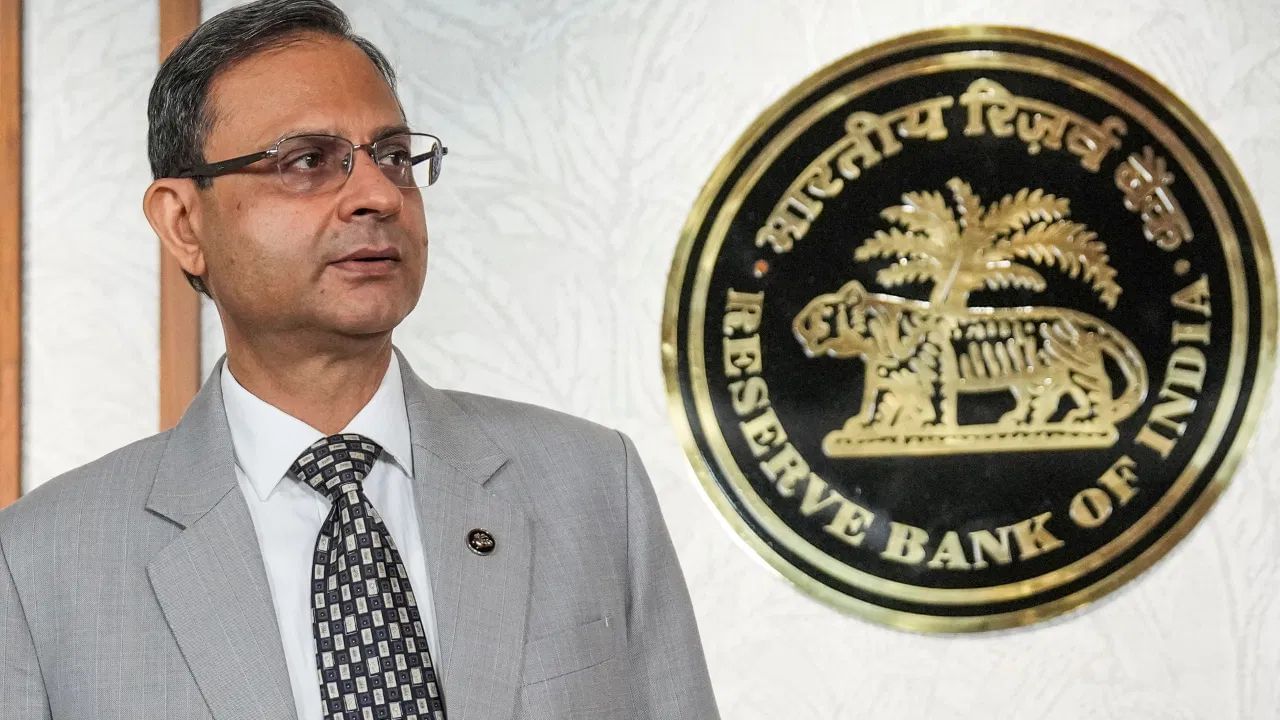On Wednesday, August 6, RBI Governor Sanjay Malhotra did not make any changes keeping the repo rate at 5.5 per cent and kept her stance neutral. RBI said that the country’s growth outlook remains good and this year is expected to remain under inflation control, the main reason is good monsoon. However, the RBI Governor said that Global Outlook remains challenging.
The central bank said that although the instability and geopolitical uncertainty in the financial market have decreased to some extent from its peak in recent months, the challenges of business talks still remain. Global growth, although modified by IMF, remains slow. The pace of deflation is slowing down, some advanced economy is also seeing an increase in inflation. Let us also tell you what are the 5 questions, whose answers have been received by the common people in the MPC of RBI.
1. What did RBI governor say on repo rate and policy stance?
The RBI Governor said that the Monetary Policy Committee (MPC) of the central bank has unanimously decided not to make any changes keeping the repo rate at 5.5 per cent. Also, it has been decided to keep the policy stance neutral like a June policy. In the June policy meeting, the RBI had cut more than 50 basis points than expected and revised its stance with ‘adjustable’ and ‘neutral’. The rate of SDF under LAF remains unchanged at 5.25 per cent, and the marginal permanent facility (MSF) rate and bank rate remains at 5.75 per cent.
2. What did RBI Governor say about India’s GDP growth?
Despite Trump’s tariff and uncertainty on global factors, RBI maintained a real GDP growth rate for FY 26 at 6.5 percent. The central bank also retained its quarterly increase estimates. The RBI has estimated to be 6.5 percent for the first quarter of FY 2026, 6.5 percent for the second quarter, 6.6 percent for the third quarter, 6.6 percent for the fourth quarter and 6.6 percent for the first quarter of FY 27. However, some experts had speculated that the RBI could reduce its GDP growth estimate.
3. What did the Governor of the Reserve Bank of India say about India’s inflation?
The central bank emphasized that CPI inflation has come down to 2.1 per cent in 77 months in June 2025 in June 2025, which is 2.1 per cent on an annual basis. This is mainly due to improving agricultural activities and rapid decline in food inflation due to various supply-side measures. The central bank has reduced the estimate of Consumer Price Index (CPI) inflation from 3.7 per cent to 3.7 per cent for FY 2026. The inflation estimate of the second quarter of FY 2026 has been reduced from 3.4 per cent to 2.1 per cent, the third quarter estimate has been reduced from 3.9 per cent to 3.1 per cent, and the fourth quarter estimate has been retained at 4.4 per cent. However, the central bank expects a boom in inflation next year. RBI has estimated inflation to be 4.9 per cent for the first quarter of FY 2027.
4. How can the situation be of liquidity and financial market?
The RBI Governor said that the liquidity adjustment facility (LAF) is in the surplus. Later, the CRR deduction declared in the previous policy will be implemented from September in a phasewiz manner, which will further strengthen the situation of liquidity. The credit deposit ratio (CD ratio) for the banking system at the end of June 2025 was 78.9 per cent, which was roughly the same as one year ago. Bank loans increased by 12.1 percent during 2024-25. Although this is slower than the growth rate of 16.3 percent of 2023-24, it is more than an average growth rate of 10.3 percent recorded over a period of ten years before 2024–25.
5. What other things did RBI announce?
The RBI Governor said that the banks are organizing camps at the panchayat level from July 1 to September 30 for the re-KYC of the Jan-Dhan Yojana as a large number of accounts are yet to be re-KYC due to completion of 10 years of this scheme.
The RBI Governor said that apart from opening new bank accounts and re-KYC, these camps will also focus on micro insurance and pension schemes for financial inclusion and customer grievance redressal. The central bank will also standardize the process of disposal of claims related to the bank accounts and the safe custody or items kept in safe deposit lockers.
The RBI is also expanding the functionality of the RBI retail-Direct platform to invest in Treasury Bills through systematic investment schemes (SIPs).
